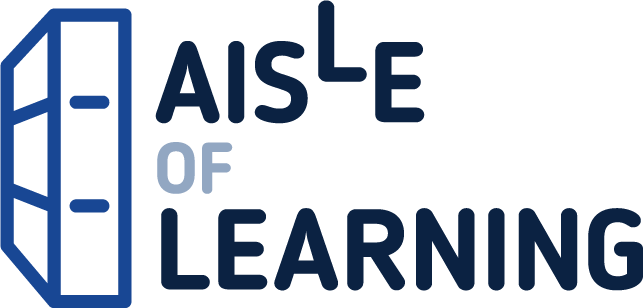For sophomore-level courses in Differential Equations and Linear Algebra. This title is part of the Pearson Modern Classics series. Pearson Modern Classics are acclaimed titles at a value price. Please visit www.pearsonhighered.com/math-classics-series for a complete list of titles. Extensively rewritten throughout, the 2nd Edition of this flexible text features a seamless integration of linear algebra into the discipline of differential equations. Abundant computer graphics, IDE interactive illustration software, and well-thought-out problem sets make it an excellent choice for either the combination DE/LA course or pure differential equations courses . The authors’ consistent, reader-friendly presentation encourages students to think both quantitatively and qualitatively when approaching differential equations – and reinforces concepts using similar methods to solve various systems (algebraic, differential, and iterative).
Features
- Consistent approach uses similar methods to solve various systems (algebraic, differential, and iterative) thus reinforcing concepts.
- Computer graphics analysis approach encourages a real understanding of nonlinear differential and iterative equations.
- Abundant illustrations and figures: Approximately 3 times as many figures as competing texts.
- Qualitative analysis of nonlinear systems: A vital extension of linear systems with a graphics approach that enables students to observe the effects of changing parameters and work with applications in other disciplines.
- Discrete dynamical systems: Provides a current and realistic introduction to the more complicated behaviors occurring in discrete iterative systems.
- Control theory: Enables instructors to introduce one of the most important applications of differential equations.
- Significant revision/rewriting throughout strengthens the link between linear algebra and differential equations, improves clarity, and responds to reader suggestions wherever possible.
- New sections on the matrix exponential and the Laplace transform.
- Over 400 innovative new problems.
- The method of variation of parameters is moved to the more traditional position in the chapter on second-order equation (previously found in the chapter on systems).
- Enlarged sections on nonhomogeneous equations and Laplace transform, both for differential equations and their systems.






Reviews
There are no reviews yet.